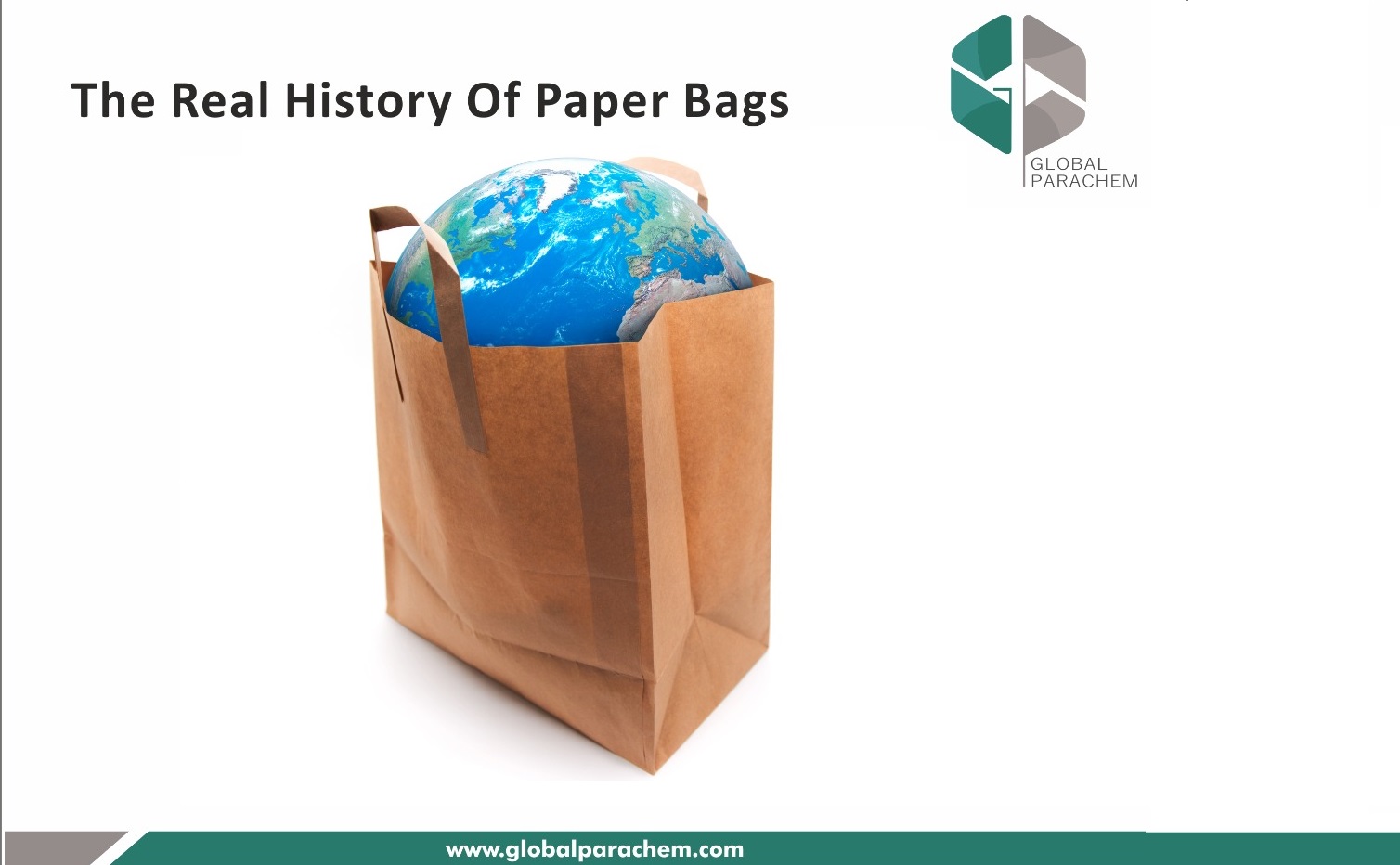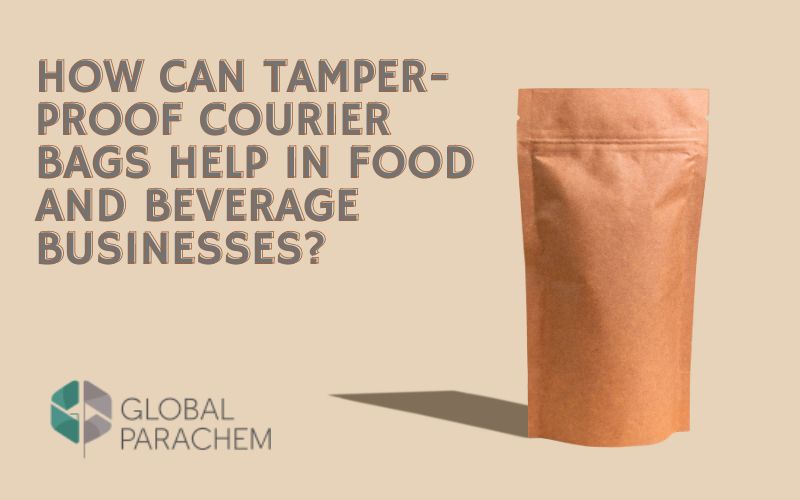
While western (particularly European) plastic activists and environmentalists were busy celebrating World Paper Bag Day on July 12th last week, spreading the word as it were, most people on the subcontinent were wholly unaware of this event, and understandably so.
Do you know why July 12th was ordained as the day for celebrating paper made bags? This is so because this is the day on which Luther Childs Crowell received a patent for an “improvement” in paper bags in 1872. But a certain William Goodale had received the patent for making paper bags in 1859, 13 years before Crowell’s paper bag improvement patent. And an even more certain Margaret Knight patented a paper bag making machine in 1870?
There’s also a “European Paper Bag Day” which was first celebrated in 2018 by the platform The Paper Bag- an association of the foremost Kraft™️ paper manufacturers and producers in Europe. This day falls on 18 October and also seeks to raise consumer awareness around paper carrier bags as a sustainable packaging option.
Both ‘Paper Bag Days’ are significant as they aim to deter people from using plastic bags and to increase awareness around the harm they continually cause to the environment. Plastic is harmful because it takes thousands of years to decompose, whereas paper bags decompose on their own (biodegradable) and are still the best widely available alternative to plastic, though more expensive at the moment for daily consumers.
History belongs to the victors, but the losers will also have their day in the sun. While Luther Childs Crowell is widely recognised and accredited as the inventor of the paper bag because of his patent for” improvement” in paper bags on this very day in 1872, he is technically the inventor of the “flat-bottomed” paper bags, whereas the true inventor or inventors are different people.
While the brown paper bag is as simple as it gets, its history is anything but. Can you imagine that very early on in the history of paper bags, somewhere in the mid 19th century: paper bags because they were new and brown in colour, they became a point of racial tension, colourism, and discrimination based on the darkness or lightness of non-white skin. We must remember that slavery had only been abolished (on paper) in the United States just a few years ago. The paper bag as we know it, didn’t really exist in its usable form until 1852, that is until a man from Pennsylvania by the name of Francis Wolle invented a machine that was able to cut and paste paper into envelope-shaped bags. During the same time, certain social groups, church congregations, sorority houses, and fraternities among African-Americans required applicants to take a ”paper bag test” to check their skin colour. In case an applicant’s skin colour was lighter than the brown paper bag, they were allowed in and if their skin was darker than the bag, they would be kept out, or relegated to the back pews of church.
Francis Wolle’s invention and patenting of his paper-bag making machine in 1852 lead to the production of paper bags that were envelop-shaped, quite limited, and they still had to be cut up manually: making them a little unviable in terms of usability and durability. It was not very strong, nor useful for carrying items that weren’t flat.
Many people tried to improve on the bag, but it wasn’t until the next significant figure in the history of the paper bag emerged: Margaret Knight. She was a pioneer and inventor, an early champion of women’s rights, and a leading female figure of the 19th century. Knight was prodigious from a young age, she was already done making a safety instrument for controlling shuttles in textile looms by the age of 12.
Knight began working at a paper bag company when she was 30 and unmarried. This is where she got inspired to solve the flat-bottomed paper-bag problem, which was still made manually, naturally, and much too slowly. Within 6 months, she devised a “rickety” wooden model capable of producing over a 1,000 bags a day. She advanced the idea and began working with other mechanical experts to conceive a full iron prototype by 1868 in typical industrial revolution standard. Her model was ready and patented by 1870, and mass production of her paper bag making device began.
At the same time, another inventor who had been dealing with paper bags for a while, by the name of Luther Childs Crowell, received a patent for a machine to produce paper bags in 1867 and in 1872, he received another patent for a machine that produced square-bottomed paper-bags. He also made great design improvements.
Remember that Crowell, acclaimed and celebrated as the father of the paper bag, received his patent in 1872. Knight received her patent for flat-bottomed paper-bags a few years before Crowell.
For reasons unknown and known (sic patriarchy), it is Crowell and not Margaret Knight: whose name is synonymous with this invention. Knight also had to defend her patent against perpetrators who stole her prototype ideas and applied for the same patent before her. Charles Anan was sued by Knight for patent infringement and after several witness testimonies and the submission of her original diagrams and plans, Knight emerged victorious and the patent was hers.
While both Margaret Knight and Luther Childs Crowell were prolific inventors, the credit for flat-bottomed paper-bags goes to the latter, but we shouldn’t forget that it was Knight who got there before Crowell advanced the design further.
Interested in high quality paper mailer bags? Get from the best packaging company in Delhi




Leave a comment